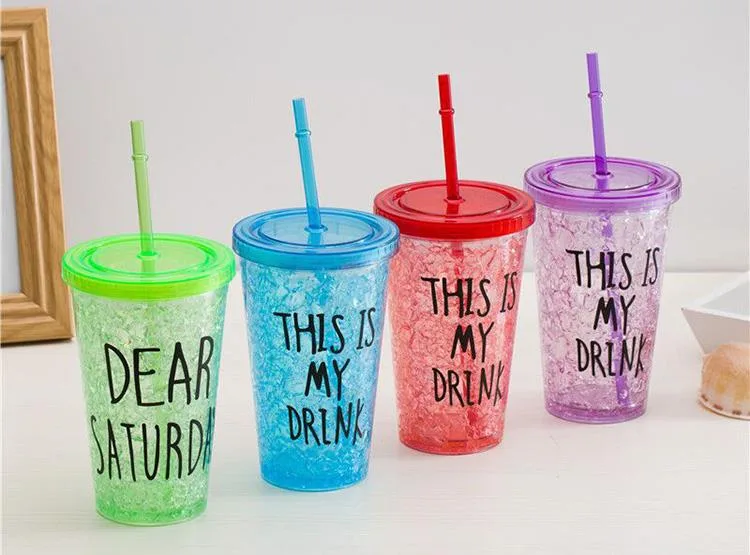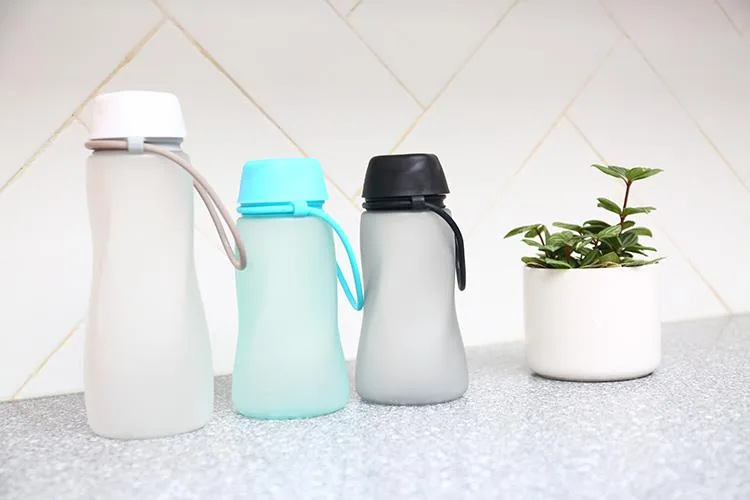Plastikler, genellikle polipropilen etilen veya PVC polikloroetilen ve diğer kimyasal maddeler içeren makromolekül kimyasal maddelere aittir. Sıcak su veya kaynar su plastik bardaklara veya plastik su şişelerine doldurulduğunda, bu kimyasalların insan vücudu üzerinde olumsuz etkileri olan toksik maddelere kolayca ayrışabileceği anlaşılmıştır. Dahası, plastiklerin iç mikro yapısı kiri gizleyen birçok deliğe sahiptir ve temizlenmezse bakteri üremesi kolaydır. Bununla birlikte, plastik su bardakları ve plastik su şişelerinin, değişken şekil, parlak renk ve düşme korkusu olmaması gibi birçok avantajı vardır. Bebekler tarafından kendileri alınabilir veya dışarı çıktıklarında yanlarında taşınabilirler, bu da insanları karşı konulmaz hale getirir.
Plastik su bardağı veya plastik su şişesi satın almak için alışveriş merkezine giderseniz, su şişesi veya su bardağı ne kadar kalınsa fiyatının da o kadar yüksek olduğunu ve bunun tersinin de geçerli olduğunu görerek şaşıracaksınız. Zamanla tüketiciler, kalın plastik su bardaklarının veya plastik su şişelerinin ince olanlardan daha iyi olduğunu düşünecektir.
Lütfen dikkat edin, az önce söylenen "iyi"nin anlamı nedir? İyi, gıda güvenliği için iyidir, bu yüzden az önce söylenen şey kalın plastik su bardaklarının veya plastik su şişelerinin ince plastik su bardaklarından veya plastik su şişelerinden daha güvenli olduğu anlamına gelir. Eğer bu, kalın plastik bardakların veya plastik su şişelerinin ince olanlardan mutlaka daha iyi olduğu anlamına gelmiyorsa. Kalınlık, üretim için talebin kullanımına dayanmaktadır.
Örneğin bazı markaların şişeleri sıradan maden suyu şişelerinden çok daha kalındır, ancak alt kısmındaki etiket malzemesine bakıldığında maden suyu şişesinin malzemesinin PET (polietilen tereftalat) olduğu, tekrar kullanılamayacağı ve içildikten sonra atılması gerektiği anlaşılmaktadır.
Güvenlik ve emniyetsizlik kalınlıktan yargılanamayacağı için renkten ayırt edilmelidir. Söylendiği gibi renkli plastik bardaklar veya plastik su şişeleri daha zararlı maddeler içerir. Aslında renk olup olmadığı genelleştirilemez ve standart renkli plastik bardaklar veya plastik su şişelerinde bir sorun yoktur. Plastiğin rengi temelde renksiz, beyaz veya hafif sarımsıdır. Renk eklenirse, yönetmeliklere ve standartlara uymuyorsa zararlı maddeler içerebilir.
Bisfenol A esas olarak polikarbonat (PC) malzemelerde bulunur. Bisfenol A içeren veya parçalayan plastik bardaklar veya plastik su şişeleri bebeklere zarar verir. Bizim yasalarımız ve yönetmeliklerimiz ve bazı ülkelerin yasaları ve yönetmelikleri, Bisfenol A'nın bebek mama kaplarında (örneğin biberonlarda) kullanılmasını yasaklamaktadır. Yetişkinleri etkileyip etkilemediği ve bisfenol A içeren plastik bardakların uzun süreli kullanımının kansere neden olup olmadığı tartışmalıdır.
Aslında, genel olarak konuşursak, plastik bir su bardağının veya plastik su şişesinin güvenli olup olmadığı doğrudan kalınlığı veya rengiyle ilgili değildir. Kalınlık ve renkten ziyade malzemeye önem vermek daha pratiktir.



